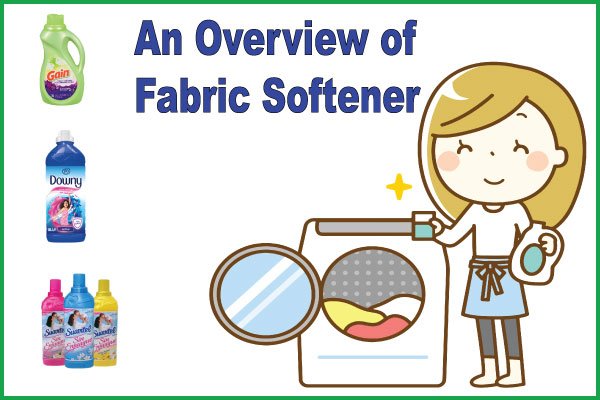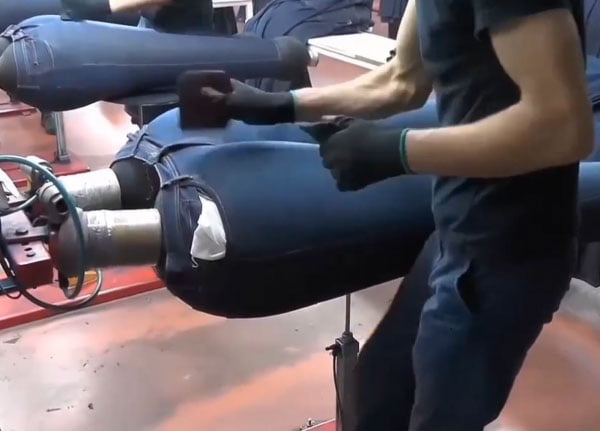How Often Should You Wash Your Clothes: A Complete Guide
Do you stand before your laundry basket with apprehension, wondering if it’s time to wash that favorite shirt? Or perhaps you’re conscious of the environmental impact your washing machine has? If you’re a laundry beginner ….. Read More






